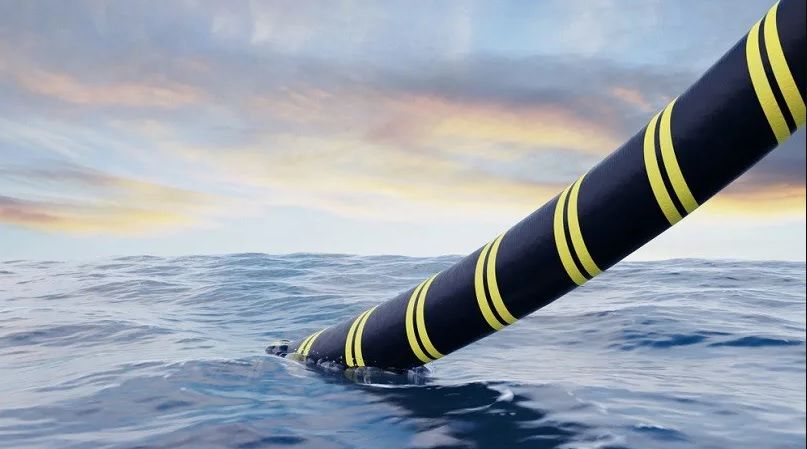A landmark submarine cable, "Dunant", running from from Virginia Beach in the US and Saint-Hilaire-de-Riez on the French Atlantic coast with a record-breaking capacity of 250 Tbps has been successfully tested and commissioned by Google and SubCom -- using space-division multiplexing (SDM) design for the first time.
Dunant, first announced by Google in 2018, is the first private trans-Atlantic cable built by a non-telecommunications company. (Google was the first non-telco to build a private intercontinental cable with its Curie cable, which runs from Los Angeles to Valparaiso, Chile) and the first cable to use the emerging SDM technology, which has huge potential to radically upgrade transmission capacity and speeds.
The capacity is designated for use by Google’s internal products and services; the company will not be sharing.
SDM is an emerging fibre optic technique that lets more fiber pairs carry channels with lower power and signal-to noise ratio (SNR). Previously the focus was on increasing per fiber pair capacity. Italy's Prysmian Group and Nokia Labs achieved a record-setting 1 PB/s transmission over an optical fibre using SDM, as reported this January.
Dunant (featuring 12 fibre pairs) goes live after Google in July 2020 revealed plans for a new 100% Google-owned 6,300 subsea cable linking the UK and US -- with a branch to Spain -- to be completed by 2022.
The “Grace Hopper” cable will be equipped with 16 fibre pairs and have a blistering claimed capacity of 340-350 Tbps. It will be first major new direct link between the US and UK since 2003.
Dunant is the first to deploy SDM, but the "2Africa" cable led by Facebook and China Mobile -- which will ring the entire African continent with a 23,000-mile-long cable that comes ashore in Nigeria, the Democratic Republic of Congo, Mozambique, Ghana and Somalia -- is also using an SDM design. (Completion is slated for 2024).
"While previous subsea cable technologies relied on a dedicated set of pump lasers to amplify each fiber pair, the SDM technology used in Dunant allows pump lasers and associated optical components to be shared among multiple fiber pairs. This ‘pump sharing’ technology enables more fibers within the cable while also providing higher system availability", Google said in a release shared Tuesday.
Mark Sokol, senior director of infrastructure, Google Cloud, added in a canned statement. “With record-breaking capacity and transmission speeds, Dunant will help users access content wherever they may be and supplement one of the busiest routes on the internet to support the growth of Google Cloud. Dunant is a remarkable achievement that would not have been possible without the dedication of both SubCom and Google’s employees, partners, and suppliers, who overcame multiple challenges this year to make this system a reality.”









